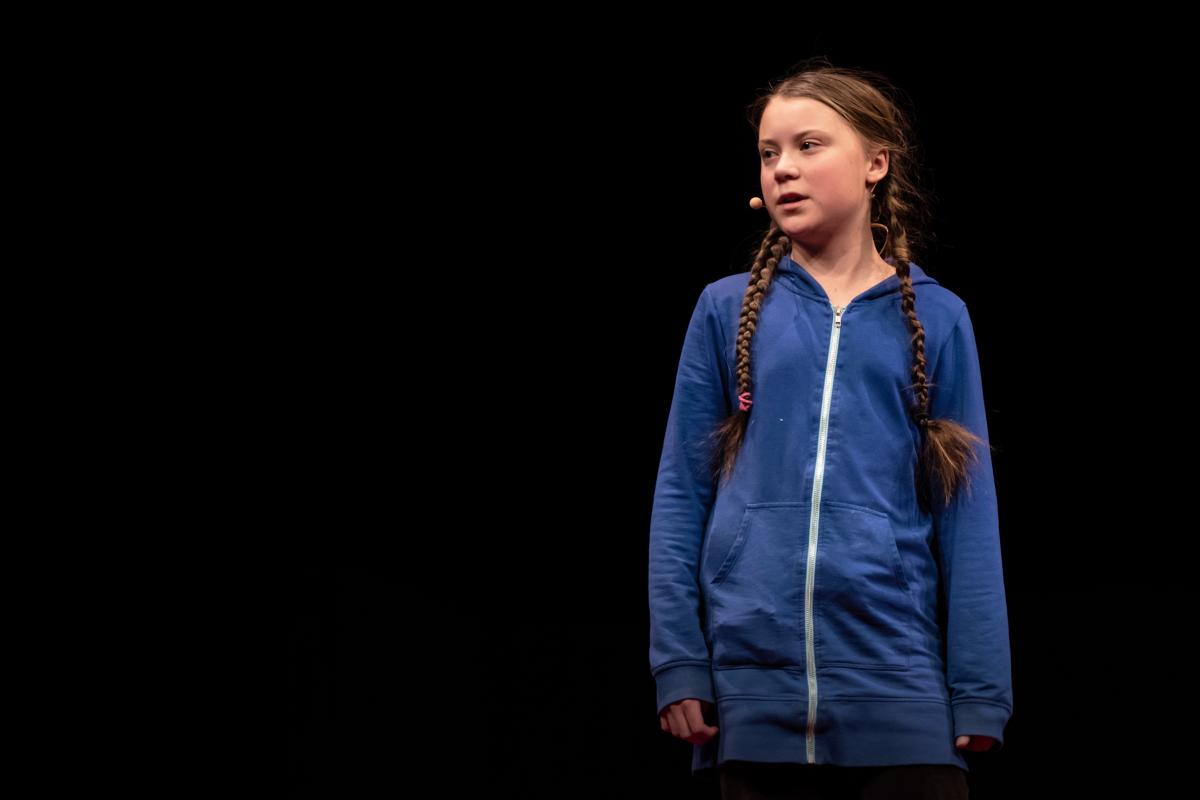Year-end holidays are a time for self-introspection. With 2019 wrapped up and as the world jumps head on into a new decade, back-to-work brand execs can now focus on how 2019 events, campaigns and industry news will shape what’s next. 2020 sure promises to be just as challenging and full of opportunities for brands.
The Greta Thunberg effect
The loudest voice representing the planet’s biggest issue was been named Time’s Person of the Year 2019. While people such as Greta may not prevent natural storms, they are able to start others of a different kind – the kind that we will witness in 2020.
The conscious consumer (whether they be vegans, minimalists, plastic boycotters, organic-buyers, or anything you can think of) is on the rise. In order to keep up, brands will have to double down on their sustainability efforts, and this time it won’t be all talk. Brands are already looking at making tangible changes from their internal processes, products, packaging, to their supply chains – starting with the Golden Globes 2020 Dinner menu being 100% vegan for the first time ever.
The Nike Kaepernick Reminder
What’s the difference between Nike and Adidas? It might have something to do with Nike’s “knee” jerking ads (hello Kaepernick), while Adidas has been spending a whopping 77% of their marketing budget on performance ads, and only 23% on brand building.
Over the past few years, there has been a dangerous trend in the marketing world: the abandonment of long-term brand building efforts in favor of shorter-term sales activations. Today, the tide is turning.
-Brand purpose is back, and taking a stand, along with a clearer understanding as to what it really is. Purpose is turning words into action, showing people what it means to take a stand, and do something meaningful (that isn’t simply a CSR). It’s all about going all in, embodying it boldly and strongly from the top down to the point where purpose sparks activism. After all, if brands don’t stand for something, they fall for anything.
-Balancing the long and the short. Marketeers admitted in WARC’s Marketer’s Toolkit 2020, that they haven’t been executing Binet and Field’s 60/40 recommended investment split between brand building and sales. This year we will see more investment in the former, with a view for brands gaining more relevance and productivity than previous years.
The In-Housing Bet
These past two years, Unilever has made the headlines by focusing on marketing efficiencies - proudly talking about its $500 million savings in 2018 thanks to its in-house agency U-Studio. Then by end of 2019, Unilever announced that it would miss its growth target for the year.
Gen Z and their preference for small labels certainly is a factor. So is the slowed economic growth in key emerging markets. Still, it begs the question - is the in-housing model, even supplemented by a few outside agencies, allowing Unilever to crack the platform ideas that will connect them with the youth, generate fame and re-energize the business?
2020 is a time for organizations to reflect on where marketing value truly comes from and what their CMO’s focus should be in order to make a long-term tangible contribution to the bottom line.
The era of uncertainty
Uncertainty is the new normal: Trump, populism, Brexit, Trump, hacks and leaks, automation, Trump, protests, climate change, refugees crisis, terror attacks, leaders and royalty resigning, looming global recession, politization and manipulation of data and social channels, and of course, Trump.
For brands, it might seem like a time to step back and stay under the radar. However past crisis have showed us that times of uncertainty are powerful moments to take stands that express one’s true values.
Think Airbnb with #WeAccept.
Think about An-Nahar's 'Blank Edition' that confronted a stalled Lebanese government.
Think Patagonia with “The President Stole Your Land”.
Think of the New York Times’ “Truth” campaign.
That is how you build iconic brands and drive relevance in today’s context.
The Unprecedented Burnout Epidemic:
In 2019, World Health Organization officially declared Burnout as a legitimate diagnosis- a result of excessive workplace stress. Businesses responded by pioneering four-day work weeks, flexible hours, and the option to work from home. Nonetheless, living in the era of constant connectivity has meant that work is no longer confined within office walls, but instead has crept its way into employees’ homes, their weekends, and down time, creating an invisible prison that seems impossible to escape. Work burnout has become the new silent killer. This year however, the post-burn out revolution is gaining momentum as people no longer seek to define themselves by their work, but rather by their lives. Work life balance will be replaced by work-life boundaries, and the 9-5 day with a 5-day week will replace the 24/7 haze of stress. “Busy” will no longer be a badge of honour, but a sign of disorganisation and detraction from life. Paid leave will be sacred. And finally, a logical detox will be the most popular one: the digital detox.
Ad land breeds burnout by the brief. Agencies & marketeers who would love to keep their best talents, and their sanity, will have to help them set work-life boundaries and respect them.
The new age of content (and partnerships)
In 2019, the television/streaming revolution passed the second gear with Apple, Disney, NBCUniversal and WarnerMedia all announcing their own streaming video services with production of exclusive original content. They will compete against Netflix, Hulu, HBO Go, Amazon Prime Video, Snap Originals, YouTube Originals, Facebook Watch – just to name the largest global players.
Silicon Valley and Hollywood are colliding heads on, content volume is exploding and the offerings are getting more and more complex and fragmented. In such a market, these production companies must unfurl flows of creativity to stand out.
While the outcomes of this streaming war are uncertain, it is a great time for brands to surf that cultural wave and demonstrate the same kind of inspiration. A great example is how Coca-Cola partnered with Stranger Things to revive New Coke and, with a touch of nostalgia – and self-derision, turning this 20-years old flop into a successful communication opportunity.
Authors: Jennifer Fischer (Chief Innovation Officer - TBWA\RAAD) and Remie Abdo (Head of Strategy - TBWA\RAAD).



